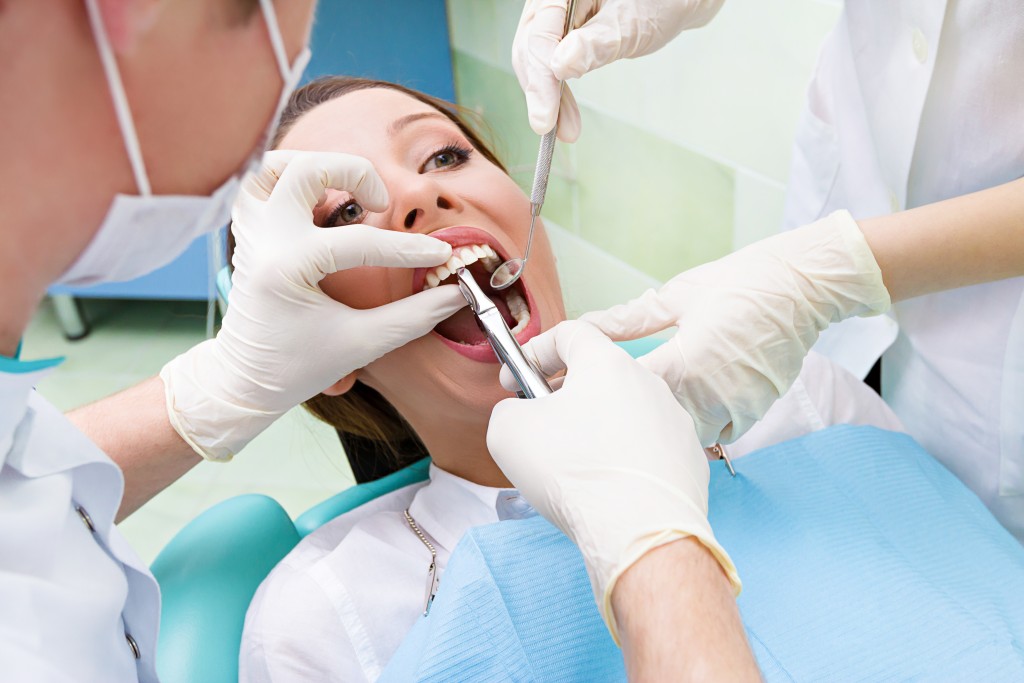In today’s manufacturing-centric economy, a variety of accidents can occur around the workplace. That’s why PPE or personal protective equipment is still a necessity. Not only does it protect the wearer from harm; it can also play a big role in enhancing employee effectiveness at work, improve the workplace’s safety standards, and be a good support system for any well-rounded workplace.
Safety clothing suppliers will usually show their available PPE equipment and their capacity to customize according to the requirements of their clients. It’s a small price to pay to prevent an expensive lawsuit or an unwanted incident in the workplace. If you’re looking for examples of things that you should always have in any working environment, read on.
Gloves

The majority of work in any environment is done using hands, so it’s no surprise that gloves should rank high on this list. The versatility afforded with different types of gloves for a variety of situations makes them one of the most common and useful PPEs that any company can give to its workers, even if it’s just used for comfort.
The varying options available can also be very useful in every stage of the process when it comes to a company’s operations. From surgical gloves to cut-resistant gloves, there’s a wide range of types, coatings, and even functions that gloves can provide the wearer, making their job easier and safer.
Coats and protective gear
Coats and jackets are considered essentials when it comes to environments that can present high risks of spillage or contact with hazardous substances. Aside from protecting the wearer from the materials they’re handling, it can also serve other purposes, such as insulation and storage. Versatile and highly adaptable to the needs of the environment, coats are common and necessary components of any personal protective equipment.
Footwear
Footwear is an often overlooked area for PPE providers. There are plenty of hazards around the workplace that well-designed footwear can stave off. Things such as spills, traction issues, or even the material itself (if the handler is stepping in it) all require proper footwear to prevent accidents from happening.
Of course, depending on the industry, the rankings, significance, and applications of these PPEs can vastly differ. For example, medical facilities will most likely put more focus on the hands and body (and provide face masks and head wraps) due to the risks of contracting diseases or contaminating other patients or medical tools. Dockworkers will most likely focus on footwear because of the slippery environment and objects that they handle.
It’s essential that every employer or manager has a thorough understanding of the potential hazards that the job can pose to the employees. This way, they can equip their workers accordingly. While there may be no way to completely guard yourself against all accidents, wearing the right protective equipment for the job is a good start. It can help minimize the risks and the damages or injuries in case an accident happens. Look for a reputable supplier of high-quality PPE to ensure the safety of your workforce.


